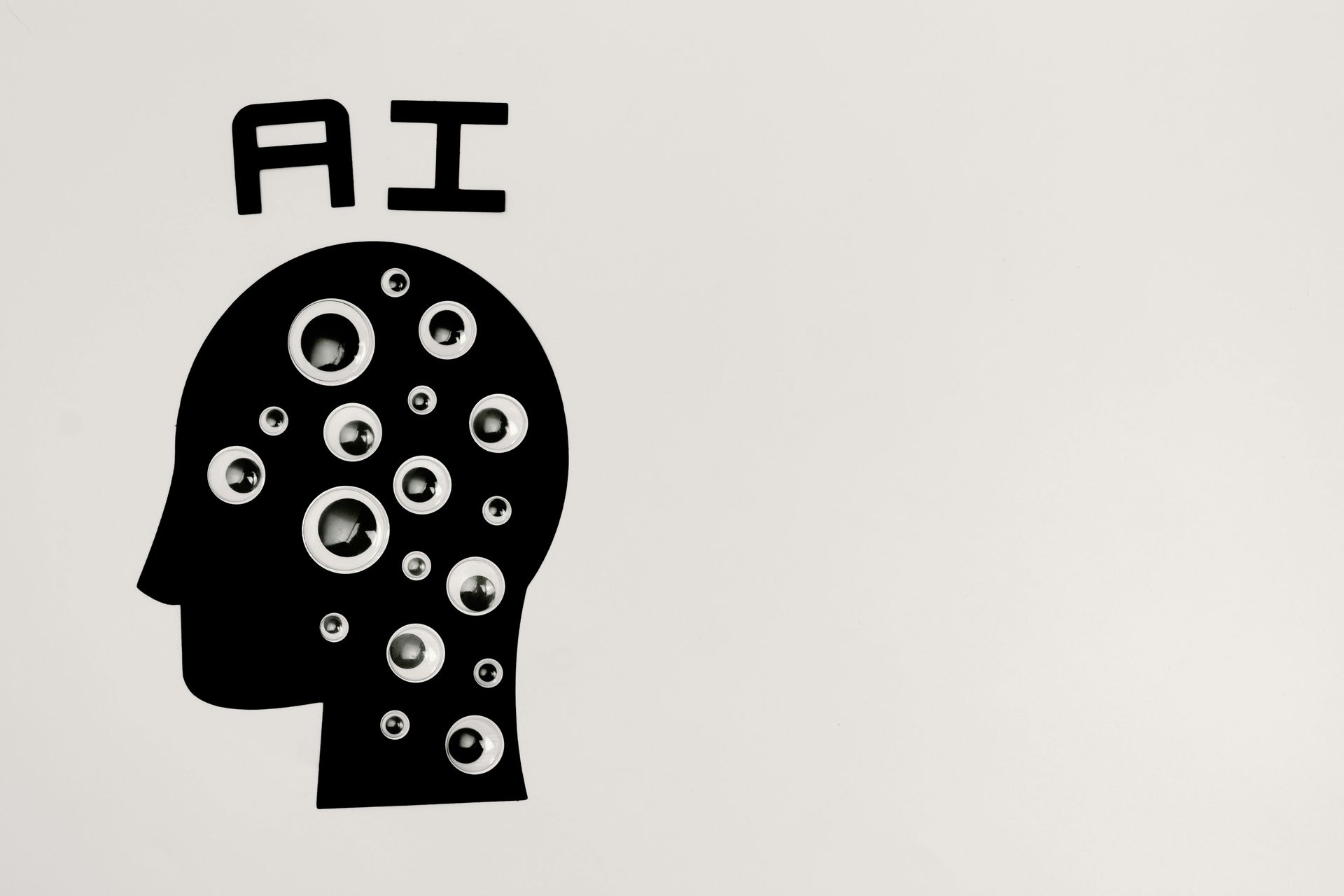In today’s competitive job market, one of the biggest challenges companies face is finding quality candidates. While inbound recruiting strategies—such as job postings and career fairs—have traditionally been the go-to methods, they often fall short in attracting top-tier talent. The solution? Outbound recruiting, a proactive approach that targets and engages the best candidates directly.
What are the Biggest Challenges for Recruiting?
Recruiting is fraught with challenges, especially when relying solely on inbound methods. Some of the most significant issues include:
- High Volume, Low Quality: Job postings often attract a large number of applicants, but the majority may not meet the qualifications required for the role. That tends to vary from resumes that have no relevance to the role, or a resume includes many of the key words of the job description in order to bypass filtering systems that may be in place which promotes many false positives. This results in a time-consuming screening process that yields few viable candidates.
- Passive Candidates: Many of the best candidates aren’t actively looking for new opportunities. They may not see your job posting, leaving you with a smaller pool of potential hires. Generally speaking, passive candidates don’t need a new job, but those jobs need them and the only way to land this workforce demographic is to proactively pursue and entice these candidates.
- Slow Process: The traditional hiring process can be slow, leading to missed opportunities as top candidates accept offers elsewhere before you’ve made a decision. After identifying an ideal candidate for the role, speed to hire is critical and transparent expectations are key to a successful and efficient interview process.
These challenges highlight the need for a more effective strategy that ensures a consistent flow of high-quality talent, which is essential for business growth and success.
How Do You Maintain Quality Sourcing and Recruiting?
Maintaining quality sourcing and recruiting requires a strategic approach. Here’s how you can ensure you’re attracting the best talent:
- Define Clear Criteria: Start by clearly defining what makes a candidate “qualified” for the role. This should go beyond just skills and experience to include cultural fit and potential for growth within your company. Often, job descriptions are one-sided, focusing solely on the requirements for the role, without highlighting the selling points of the job. If you’re going to provide a JD, it should include both. The age-old adage "WIFM" (What’s in it for me?) must be addressed in the JD to capture the candidate’s interest and encourage them to pursue the opportunity.
- Utilize Technology: Leverage AI-powered tools like Rolebot to automate the initial stages of candidate sourcing. These tools help identify candidates who closely match your criteria, saving you time and improving the quality of your hires. For instance, AI in recruitment can be a double-edged sword, but when used effectively, it can significantly enhance your hiring outcomes. However, it’s important to note that not all AI is created equal, and its applications can vary widely across different use cases within recruitment.
- Continuous Engagement: Stay engaged with top candidates, even if they aren’t currently looking for a new job. This keeps your company top of mind when they decide to make a move. This approach is similar to keeping a sales lead warm. Regularly stay in contact by sending them updates about new company initiatives, innovations, or leadership hires. It's a valuable opportunity to strengthen your employer brand and remain visible to a prospect who is already familiar with your company.
Implementing these strategies ensures a steady flow of high-quality candidates into your recruitment pipeline, improving both efficiency and outcomes.
How Do You Source Candidates Better?
Sourcing candidates better involves a shift from reactive to proactive recruiting. Instead of waiting for candidates to come to you, outbound recruiting allows you to go directly to them. Here’s how to do it effectively:
- Targeted Outreach: Use data and technology to identify potential candidates who fit your criteria, even if they aren’t actively looking for a job. Platforms like Rolebot specialize in outbound recruiting, helping you connect with passive candidates who are a perfect match for your roles.
- Personalized Communication: When reaching out to candidates, personalize your communication. Tailor your message to their specific skills and career goals to increase engagement. The trick is offering value instead of asking for value on the 1st touchpoint. Remember, you’re pursuing them, they aren’t pursuing you.
- Nurture Relationships: Building a relationship with potential candidates over time can make them more likely to consider your company when they’re ready for a new opportunity.
This proactive approach not only improves the quality of your candidates but also reduces the time-to-hire, as you’re engaging with individuals who are already a good fit. As AI continues to reshape recruitment, outbound strategies are becoming even more critical in staying ahead of the competition.
How Do You Find Quality Candidates?
Finding quality candidates requires a combination of technology, strategy, and persistence. Here are some tips:
- Leverage AI: AI tools can analyze vast amounts of data to identify candidates who meet your criteria. For example, AI in recruitment is changing the game by automating and optimizing the sourcing process, making it easier to find top-tier talent.
- Expand Your Reach: Don’t limit yourself to traditional job boards. Use social media, industry forums, and professional networks to find candidates who might not be actively job hunting but are open to new opportunities.
- Collaborate with Experts: Consider partnering with experts in the field. Industry leaders like William Tincup provide valuable insights into the latest trends and strategies for finding top talent.
How Do I Get Good at Sourcing?
Becoming proficient at sourcing requires continuous learning and adaptation. Here’s how you can improve:
- Stay Updated: Keep up with the latest trends and tools in recruiting. Attend webinars, read industry blogs, and network with other professionals to stay ahead of the curve.
- Practice and Refine: Like any skill, sourcing gets better with practice. Regularly review and refine your strategies based on what’s working and what’s not.
- Use Data: Track your sourcing metrics to understand what methods are most effective. Use this data to make informed decisions and improve your approach over time.
In conclusion, while inbound recruiting has its value, the future of recruiting lies in a proactive outbound approach, especially considering that over 75% of the skilled workforce rarely applies for jobs and is largely passive. By directly targeting and engaging the right candidates, you can overcome the challenges of finding quality talent and build a stronger, more capable team. The best approach is to combine both inbound and outbound recruitment strategies, ensuring that your organization leverages all available channels to attract the best talent in the market at any given time.
This Could Also Interest You:



Rolebot is a bionic arm that amplifies your internal recruitment team's efforts, completely removing the manual lift of sourcing, delivering a daily cohort of passive candidates across all active roles autonomously, so that your recruiters get 90% of their time back to focus on engaging and interviewing an exponentially larger pool of qualified prospects.
© 2024 Rolebot, Inc. Terms of Service | Privacy Policy | Do Not Sell My Personal Information | Accessibility Statement

